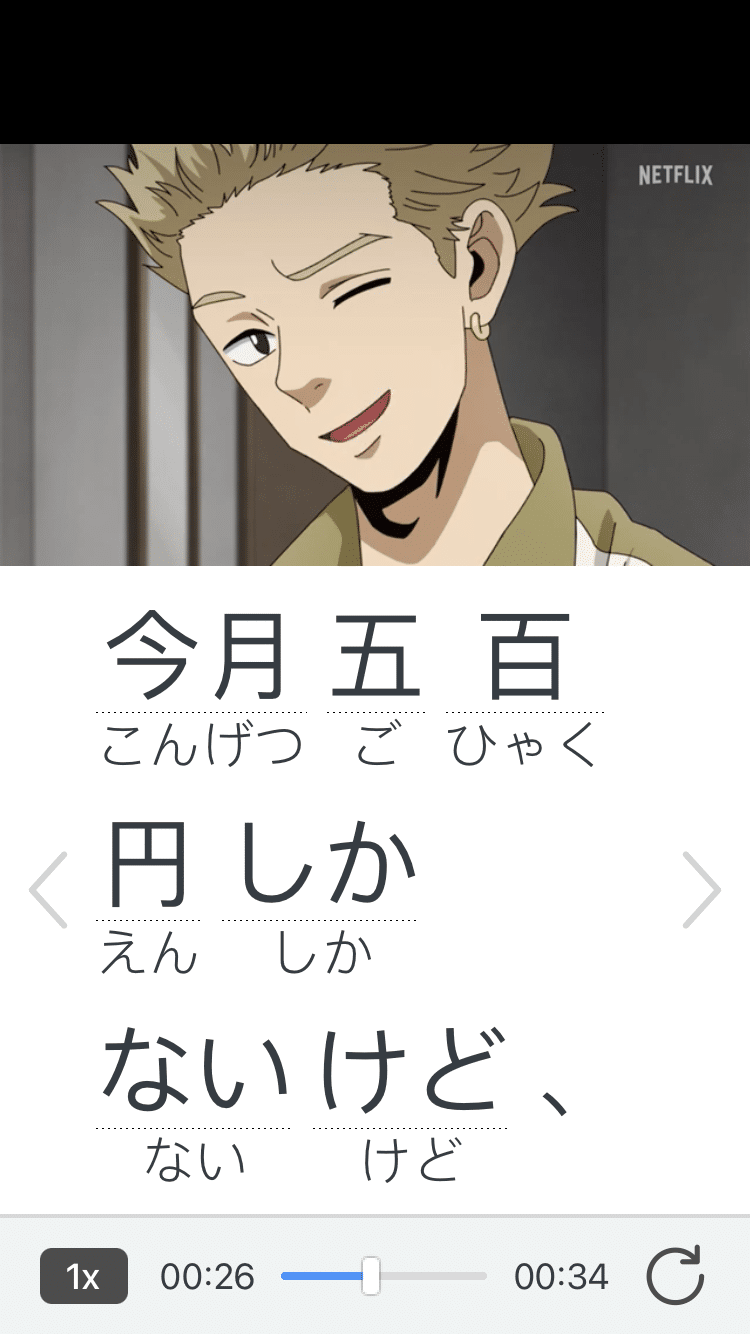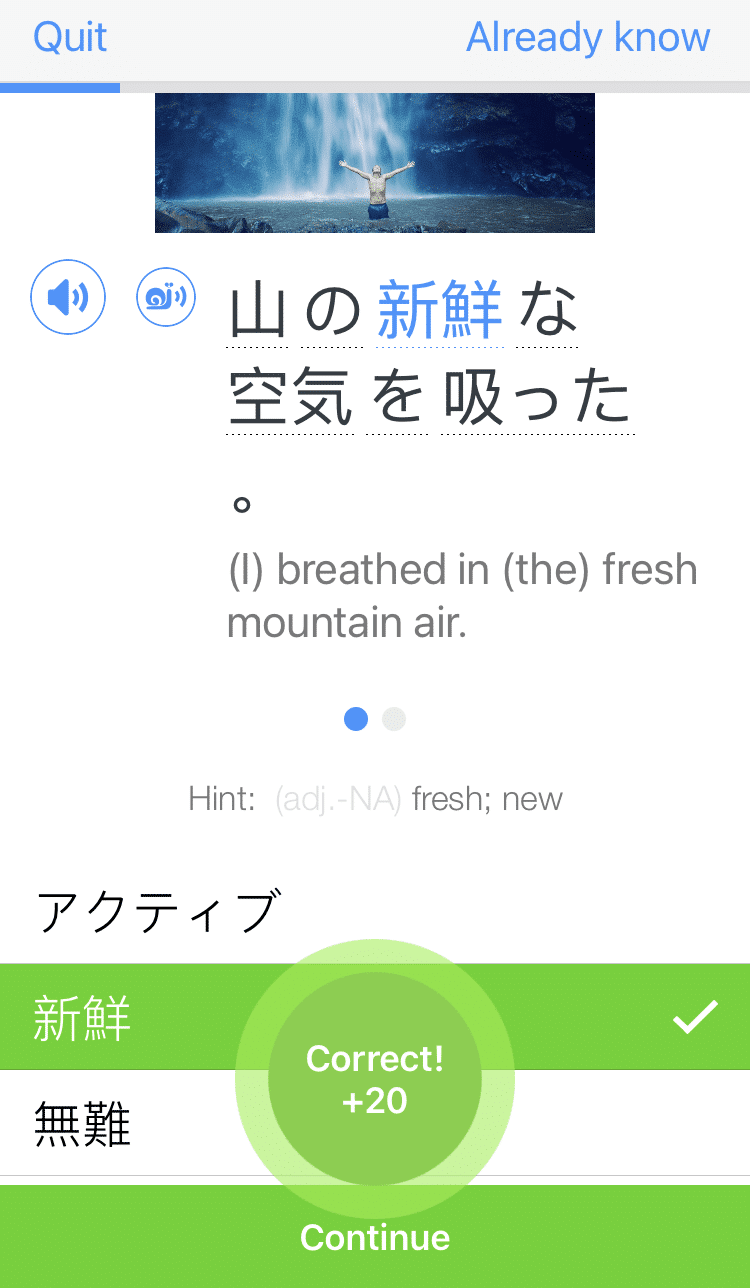12 Japanese Filler Words to Speak More Like a Native [with Audio]

We all use filler words such as “like” and “um” in our native tongue, and it’s very much the same concept in Japanese. However, Japanese filler words are sometimes used in different parts of sentences than you’d expect.
Learn the 12 most common Japanese filler words so you can speak more like a native and take natural pauses in your speech without breaking up your use of the language.
It’s worth noting that these words are entirely optional, but speaking very strict Japanese without filler words, especially when in an informal setting, can make you come across as harsh or overly posh.
Download: This blog post is available as a convenient and portable PDF that you can take anywhere. Click here to get a copy. (Download)
1. えーと — “eeto”
えーと — “Eeto” can also be written as えっと. This filler word is probably the most common one in Japanese. It’s essentially a Japanese version of “uhh” or “umm.”
えーと will commonly be heard or seen at random parts of a sentence. Rather than say えーと once and move on, you can either draw out the “eeeeeeeto” sound for the duration of the pause or say the filler word multiple times in a row.
あなたは、えーと、えーと . . . とても美しいです。 (あなた は、 えーと、 えーと. . . とても うつくしい です。) — You are, uh, um… so beautiful.
2. それで — “sore de”
This filler word basically means “so.” It’s commonly heard when someone’s explaining something or starting a new topic in the conversation. Typically, you say it once at the beginning of a sentence.
それで is the formal version while で can be used informally.
それで、明日何かしていますか? (それで、あしたなにかしていますか?) — So, are you doing anything tomorrow?
3. そうそう — “sou sou”
This is a way of saying “that’s right” or “correct” as an exclamation. More literally, it’s like saying “yes, yes!”
Use it to quickly let someone know you agree with them, they have a point or they’ve figured something out. Imagine a one-sided conversation on the phone: “Ah, yes, yes. Mm-hm! I see.”
ああ、そうそう、きみは絶対に正しいです! (ああ、そうそう、きみはぜったいにただしいです!) — Ah, yes, yes, you’re absolutely right!
4. ていうか — “te iu ka”
Use this one to say “I mean…” when you need to think about what you’re going to say or politely disagree with something.
You can also use it to rephrase something to make it clearer, similar to saying “What I mean is…”
映画を見てみましょう。 ていうか、映画館に行きましょう。 (えいがをみてみましょう。 ていうか、えいがかんにいきましょう。) — Let’s watch a movie. I mean, let’s go to the movies.
5. なんか — “nanka”
なんか is very similar to the word “like” when used as a filler word, often used when you’re searching for the correct word or phrase to say.
It can also be said when you’re listening for something or when you discover something. In this case, なんか would be more like a “hey…” or “wait…”
なんか、今日は雨みたいだよ。 (なんか きょう は あめ みたいだよ。) — Hey, it seems like rain today.
6. そういえば — “sō ieba”
そう言えば can mean several things, including “speaking of,” “which reminds me,” “come to think of it” or “now that you mention it…” It almost always comes at the beginning of a sentence.
そういえば、私は前にこの映画を見たことがありました。 (そう いえ ば、わたし は まえ に この えいが を みたこと が ありました。) — Come to think of it, I’ve seen this film before.
7. あのね — “ano ne”
Use this one to get someone’s attention with a verbal nudge, similar to saying “hey” or “hey there.” This is also the expression you’d use if you suddenly remembered something, had an idea or just want a moment to collect your thoughts.
Although there isn’t a single English equivalent, think of it like saying “You know…” or “Hang on a sec…”
あのね、聞いて! (あのね、きいて!) — Hey, listen!
8. うーん — “uun”
If thinking had a sound, it would be うーん.
When you’re not sure what to say, you’re stalling for time or you haven’t come up with an answer or decision, use this handy filler word. It’s the equivalent of the English “Ummm…”
うーん . . . 赤いものが好きです。 (うーん . . . あかいものがすきです。) — Umm… I like the red one.
9. あら — “ara”
When you’re saying that you’ve just noticed something, you’d use あら.
You can also use あら when expressing that you understand something you’ve been told or along the lines of “Ah, I see.” It’s mostly used by women, like in this compilation from the anime series “Aria”:
あら、小麦粉を見つけた! (あら、こむぎ こな を みつけた!) — Oh, I found the flour!
10. ええ — “ee”
ええ is a very versatile filler word. It can be affirming and used in place of “yes” or “sure.” It can be used in place of “umm” or “uhh” similar to えーと. It can also be placed in a negative context to express displeasure.
One variation of ええ is ええと, which we learned earlier in this post, and the two can be used interchangeably.
ええ、家に帰りたい。 (ええ、 いえ に かえりたい。) — Ughh, I want to go home.
11. あの — “ano”
あの is very similar to えーと in that it essentially represents a pause to think, similar to “err” or “umm.”
日本語を、あの、話しません。 (にっぽん ご を、 あの、 はなしません。) — I don’t, uhh, speak Japanese.
12. はあ — “hā”
はあ is an affirmative filler word that usually means “yes” or “indeed.” However, it can also be used to denote confusion, making it similar to “huh?”
Sometimes はあ is also used in place of a sigh.
はあ、めんどくさい。 — Ahh, what a pain.
For extra practice with these words, let native content guide you. When you’re watching Japanese movies and series on Netflix, pay close attention to the way they fill pauses in their speech.
The Japanese videos on the online language program FluentU are also useful for identifying fillers.
FluentU takes authentic videos—like music videos, movie trailers, news and inspiring talks—and turns them into personalized language learning lessons.
You can try FluentU for free for 2 weeks. Check out the website or download the iOS app or Android app.
P.S. Click here to take advantage of our current sale! (Expires at the end of this month.)

It’s comforting to know that learning a new language doesn’t mean achieving perfection in your way of speaking. Now, you have some authentic ways to take a pause and gather your thoughts without losing your flow!
Download: This blog post is available as a convenient and portable PDF that you can take anywhere. Click here to get a copy. (Download)
And One More Thing...
If you love learning Japanese with authentic materials, then I should also tell you more about FluentU.
FluentU naturally and gradually eases you into learning Japanese language and culture. You'll learn real Japanese as it's spoken in real life.
FluentU has a broad range of contemporary videos as you'll see below:

FluentU makes these native Japanese videos approachable through interactive transcripts. Tap on any word to look it up instantly.

All definitions have multiple examples, and they're written for Japanese learners like you. Tap to add words you'd like to review to a vocab list.

And FluentU has a learn mode which turns every video into a language learning lesson. You can always swipe left or right to see more examples.

The best part? FluentU keeps track of your vocabulary, and gives you extra practice with difficult words. It'll even remind you when it’s time to review what you’ve learned. You'll have a 100% personalized experience.
Start using the FluentU website on your computer or tablet or, better yet, download the FluentU app from the iTunes or Google Play store. Click here to take advantage of our current sale! (Expires at the end of this month.)







